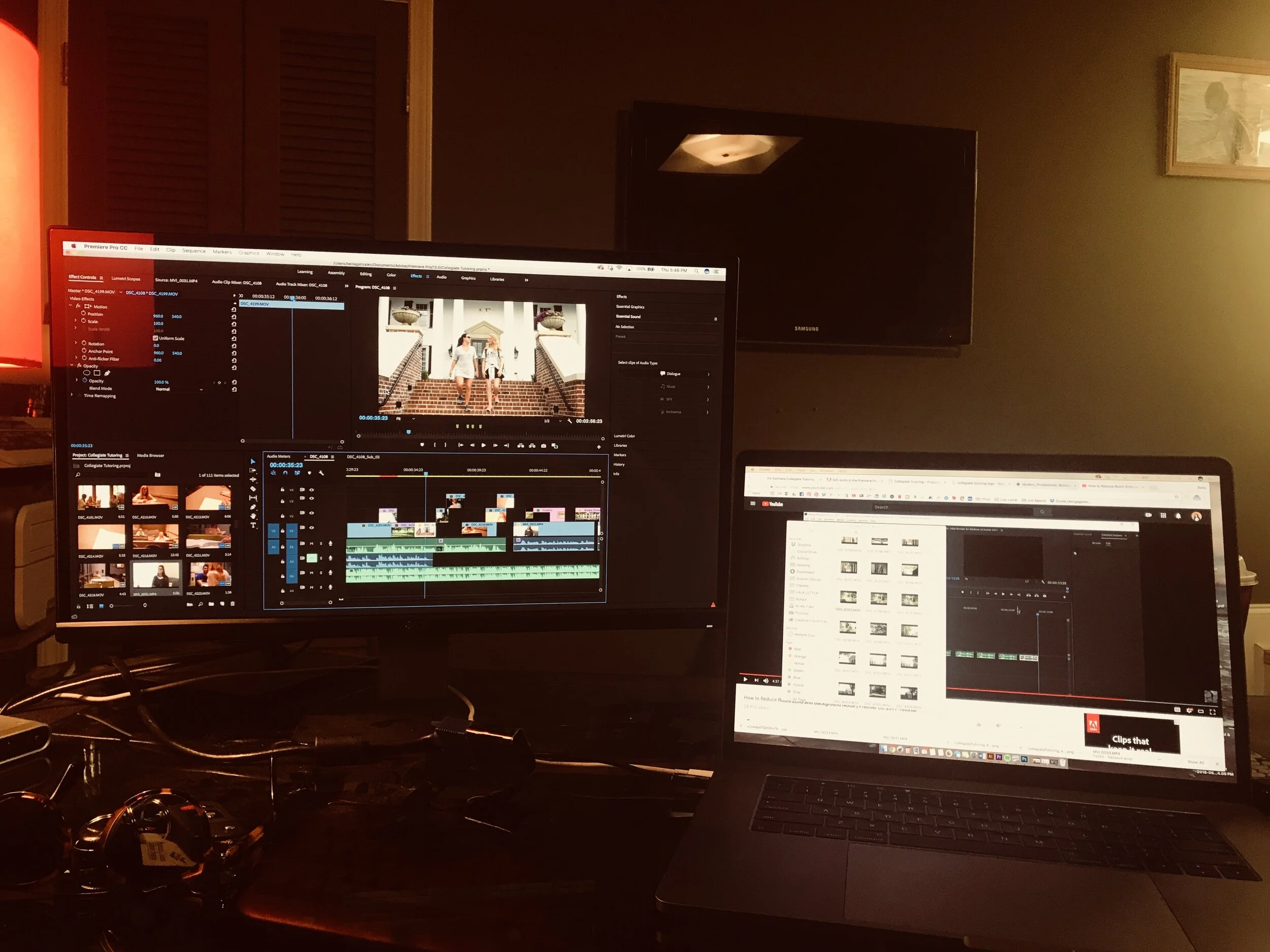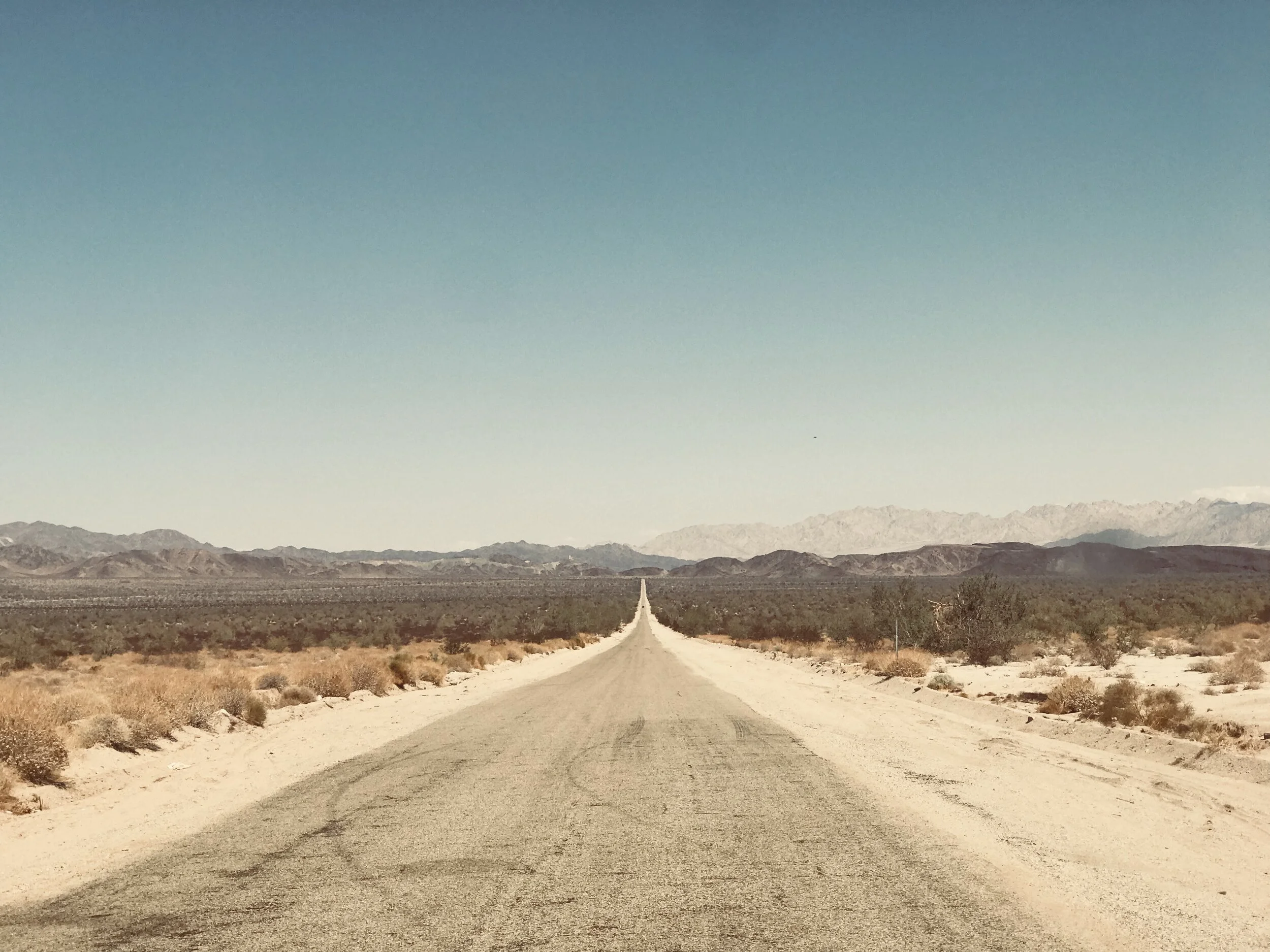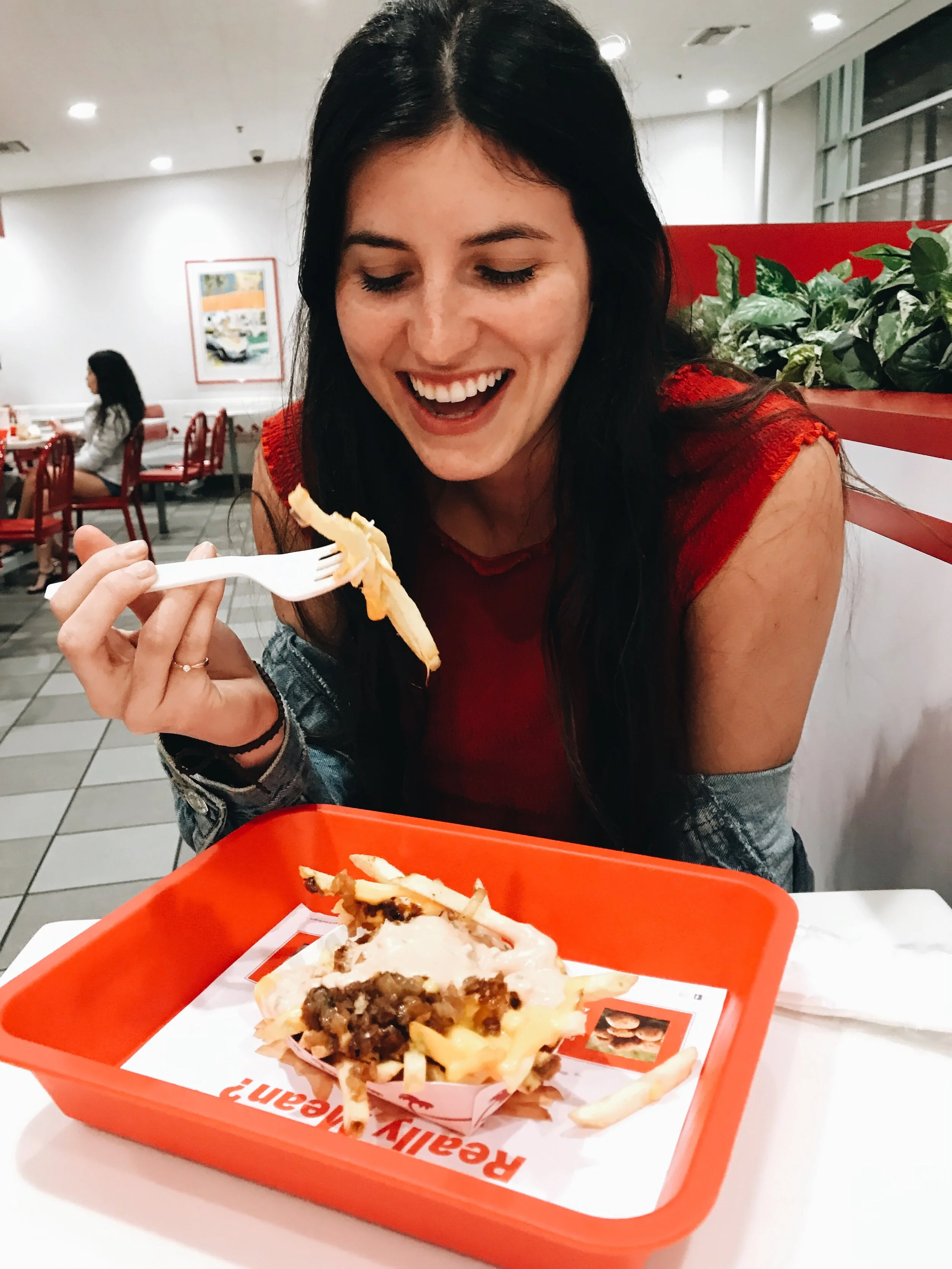How I Became a Freelance Graphic Designer—Pt. Three
Part Two: How I stopped thinking like a fine artist, started thinking like a professional designer, threw myself head first into the deep end, and began a sustainable career as a freelance graphic designer in the city of Los Angeles.
The final installment to the three part series of my journey of becoming a freelance graphic designer. Not intended to be a “how to guide” but instead meant to give you a peak at my background, choices, extreme motivation, and sheer luck that landed me where I am today: a Los Angeles based freelance graphic designer. It is not an easy journey, and by no means am I suggesting everyone become a freelancer; but I hope this sheds some light on my personal journey. Make sure to read Part One here first.
The Business of Design & Imposter Syndrome.
That summer was interesting. Seeing all of my friends move to new cities to fulfill their next steps, left me feeling like a failure to launch. But in order to be able to attempt the freelance lifestyle that enticed me so much, I had to come to terms with staying home for a bit of time. This was extremely hard. But I decided I would set some goals for the future so I would have something to look forward to. The biggest one was moving—I didn’t know where or when, but I knew that it would not be because of a job, it would be because I could sustain myself as a freelancer. I hoped it would happen in less than a year.
Me telling the world I decided to freelance.
July 13, 2018.
That summer I learned a lot concerning the best practices to pursue a freelance lifestyle. Some of this learning came easily by just listening to advice, and some came the hard way, by failing. But all of it was so important on this journey. It started with understanding my worth, and charging for it.
While being a professional freelance designer definitely has a lot to do with your portfolio, I would argue it has more to do with your ability to turn your talent and skill into a sustainable business. The problem with this concept is that most art schools frown upon the idea of monetizing your art and therefore don’t teach much on the business side of design. I understand and respect the notion behind this concept, but it just doesn’t work well in the context of making a career out of freelancing as a designer. I advocate that design schools should spend more time teaching the business of design, but that’s just a whole blog topic in and of itself.
Thankfully, I had a business degree under my belt and incredible advice from every designer’s youtube mentor, Chris Do, I began to understand how to use my business skills to design. It just took a little push from reality.
I remember Chris (remember the photographer dude from pt. 2?) asking me, “What’s your hourly rate?” And I said, “$25/hour,” he said, “double it right now.” I remember being like…. What?? Are you crazy, I have no experience and just upped my price. I soon realized that rates have many components:
Your rate is simply the price of your time according to your cost of living. simple, it costs you x to live each day/week/month, divide that by the hours you plan to work each day/week/month. That’s one way to value your time.
Your rate represents the quality of your work. Whether this is perceived or actual, there is no argument that price is correlated with quality. Sometimes it’s clearly better quality—fresh produce over canned, and sometimes it’s perceived better quality ALO Yoga leggings vs. Target leggings. Either way, it costs more and your brain will subconsciously place that “higher-end good” in a different justifiable price category.
Your rate is your qualifier for certain jobs. For certain clients, your rate represents how you value your work, how previous clients have valued your work, and how experienced you are in comparison to other people with similar portfolios. This might be weird but, when agencies or large businesses are looking for a contract worker, if you’re too cheap they may not go with you—seems counterintuitive, but it’s truth.
Keep in mind, your portfolio, experience, and reputation serve as checks to your rate. Having some professional work (not just student work) in my portfolio, as well as some positive word of mouth references, I (still unconvinced) cautiously began upping my rate, very slowly. I was scared, if I charged too much I would lose a potential client, or worse—be called out as a fraud. I had serious imposter syndrome (as we all do) and it took a bit for me to release this guilt associated with price.
My 2018 summer work station. This lighting could not have been good for my eyes.
Ask an expert.
One of the most effective pieces of advice I received was: learn from someone who’s already done what you want to do. Aka find an expert and pick their brain—for me this expert fell into my lap right upon graduation thanks to an existing client. James Kelleway founder of Confit Design was a game-changer for my freelance career. Not only did he give me business and design tips I still use today, he also hired me on contract for many amazing portfolio building opportunities.
Learning James’ path into freelancing and Chris’ path into freelancing, and even my father’s path many years back, I began to realize they all had a few things in common that moved them from side-hustle to main hustle:
They were good and dedicated to their craft.
They built a professional portfolio and reputation.
They charged substantially for it.
It was like a lightbulb went off—if I really wanted to make this my main gig I had to not be afraid of diving in full force by establishing myself, my portfolio, and specifically my rates as a professional graphic designer. I was terrified to go from “amateur-just-graduated-I-won’t-bill-for-revisions-designer” to “professional-this-may-hurt-your-wallet-but-it-will-be-worth-it-designer.” It took a bit of courage, a whole lot of fake it till you make it, and a few lost opportunities, but it began to pay off.
A few things that happen when you charge more:
You work harder on the project because you know more is expected of you.
You have more free time because you make the same amount working less hours, which allows you to work more on your projects or other endeavors without burnout.
You gain confidence in your abilities, your rate, and your process allowing you to charge even more going forward.
Somewhere between Texas and California.
I took a trip to California.
Okay so Bella “gets it” as a designer, but how in the hell did you go from po-dunk Mississippi to freaking Hollywood?
So it started with a road-trip to California with my previously mentioned friend Chris who was moving to central Cali and needed to drive his car out there, so I came along for the adventure and to visit LA since I had never been.
I’ll never forget the morning I decided to move to Los Angeles. It was October 7, 2018. I took a solo Bird scooter ride down Venice Blvd. to the beach. It was a beautiful crisp day, a balming 73 degrees, the waves were perfect, the surfers were out, and I felt the essence of California. The chill laid back qualities, the love for nature & adventure, the happiness you see and feel from all the diverse faces you pass on a given day. I undeniably knew I had to live here. This was where I would move when the time came.
I got on the flight back home with more energy than ever, called my mom and said, “Hey, I know this may upset you but..” and she cut me off, “You’re moving to California aren’t you?” and I giggled and said, “Yep.” I felt her smile through the phone, and we both knew that this was my next path in life.
When I got back home I set a date—four months from that time. Four months to get my life straightened out, to save money, and figure out how to move to Los Angeles by myself, with no intention of getting a job.
Throwing myself in the deep end forced me to swim.
Next thing I know, my car is packed, my roommates are set, and I’m driving across the country to LA, with nothing waiting for me there besides a dream. When I arrived in LA, reality knocked on my door real quick: $1k+ rent, health insurance, car registration, car insurance, taxes—ADULTING. Yes, my parents cut me off completely & honestly this was the best wake up call for my success. I went from paying nothing besides my Netflix bill to paying thousands just to exist in the city of Los Angeles, with no technical job, an expensive appetite for fun, and more stimulation than I’ve ever been around. I soon realized if I didn’t get to work via freelancing, I would soon run out of money and have to get a “real job.” And no joke, that was considered “failure” in my head (which it obviously isn’t a failure, I just wanted to succeed in this particular way).
In-n-Out was a staple in my diet when I first arrived & didn’t know how to cook yet, felt hella poor.
I didn’t know but a handful of people when I moved here, so I began networking with anyone and everyone I could find. I brought business cards everywhere. I brought them to the club, to dinner with friends, even to the freakin beach. I posted on all of my platforms that I was available for work, but never in a desperate way, more in a “limited time available” way. I always priced and marketed myself as an exclusive option, an option that will be worth the investment, but wouldn’t always be available.
I learned the delicacies of a discovery phone call – aka when a client reaches out to you for the first time. I learned how to understand their needs, how to offer my services as a simple way to solve their problems, how to ultimately give them what they needed. Not a logo, not a website, or deliverables—but a brand; a brand that made them happy, a brand they love, that represents them or their business.
It wasn’t easy and still isn’t. For the first few months, my clients were few and far between, enough to pay my bills and little more. There were 3 distinct instances where I was offered a job through a creative recruitment agency for a salary well above what I was making freelancing (think $75k+), but I turned them all down. I turned them down because I wanted the flexibility I have as a freelancer, I wanted to be able to travel anytime I wanted, to work during the times that suit me, and only answer to my clients & the government, not a boss (though every boss I’ve ever had has been fantastic I must say). And I decided that that flexibility was worth more than $25k+ more per year. I know you may think I am crazy, but time is more precious to me than any amount of money, and using it effectively is where the real magic happens.
What does it all mean?
So here I am: a year after moving to California and only working as a freelancer, two years since deciding to be a full-time freelancer, six years since deciding to major in Graphic Design, and eight years since my first graphic designed t-shirt. A journey that has taught me so much and only feels like it’s just beginning.
My understanding of my purpose as an artist has evolved greatly over the last decade.
2001 - I can draw better than the other kids, so I should do that and show off.
2011 - I want to meet Adam Levine therefore I will use my creative skills to accomplish this.
2014 - My creative skills help my social standing in college organizations.
2017 - My design skills pay me money, cool!
2018 - I get paid to create mediocre graphic design elements like logos for clients.
2020 - I no longer sell my design services, I offer my creative product solving skills through transformative, beautiful design. My deliverable to my client is happiness and my vehicle to deliver that happiness is brand elements like logos and websites. Shifting my perspective on this has made all the difference in my ability to get larger clients, my confidence when asking for higher rates, and my overall design capabilities.
I have only now begun to understand what this amazing skill-set as a designer has the ability to do for my life and for the lives of many others. I believe it will take a lifetime to scratch the surface of all that can be accomplished with this divine gift of creativity that I am beyond grateful to have. I pray that I can cultivate it, sharpen it, generously offer it, learn from it, teach with it, and grow it into a life-long career that continues to provide for me, that I never resent and that I grow to love more and more.
Here’s to creativity, to graphic design, to art, to freelancing, to a life full of freedom and joy that I get to experience. Cheers!
xoxo,
bella gonzalez
End of Part 3.
End of the series.







